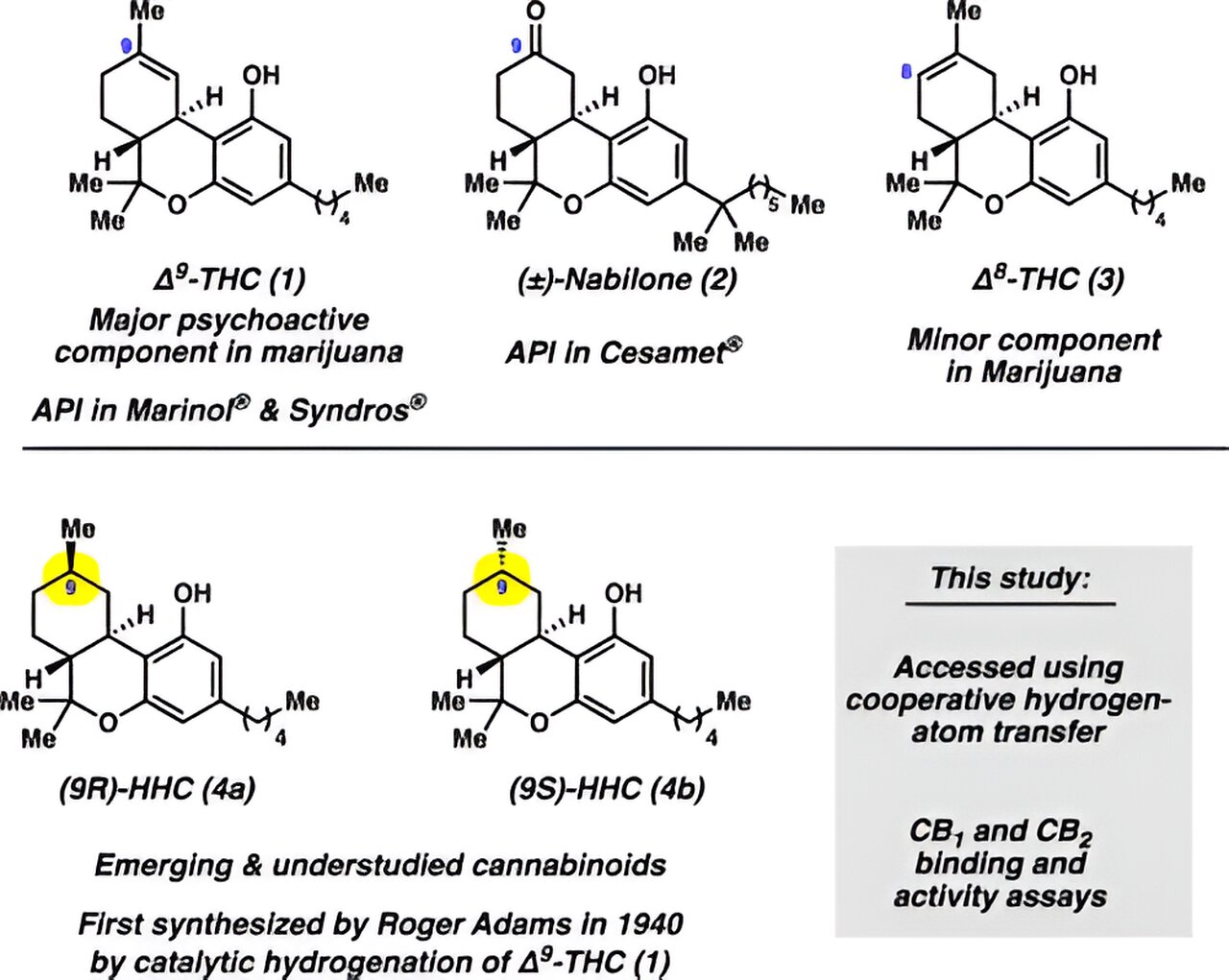As more of the nation has adopted legal marijuana, a surplus of products containing THC, the psychoactive ingredient in marijuana, as well as other cannabinoids derived from THC or the plant itself, has emerged in dispensaries.
Cannabinoids is the umbrella term for a group of substances that bind with cannabinoid receptors in the body and brain. Some cannabinoids, including THC, are found in the cannabis plant. However, many of the new products sold in dispensaries today are made with other classes of cannabinoids whose neurological or physiological effects are not well understood.
This has created a “wild west” situation in the marijuana marketplace, making it challenging for governments to regulate these new products and establish fair laws regarding their use.
UCLA chemist Neil Garg and a group of scientists are actively studying emerging cannabinoids. Their objectives include ensuring the safety of consumer products and assisting government agencies in developing evidence-based laws for the rapidly growing industry.
A recent paper by Garg and his colleagues focuses on one class of emerging cannabinoids: hexahydrocannabinols (HHCs). The study systematically evaluates the binding affinity of HHCs to receptors in the human body. The research is published in ACS Chemical Biology.
2023-08-15 01:24:03
Original from phys.org
